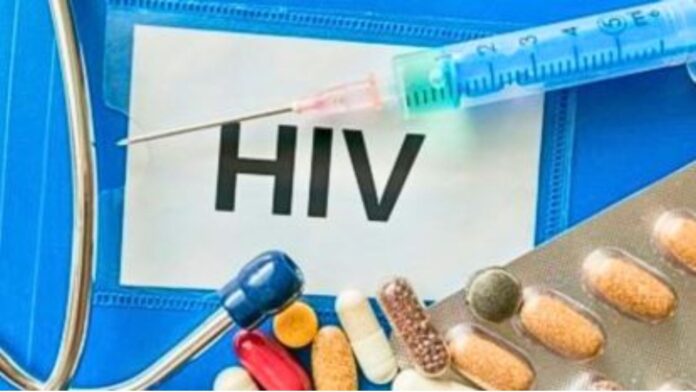At the International AIDS Conference in Munich, three individuals who have effectively been cured of HIV shared their inspiring stories, highlighting how a risky stem cell transplant procedure transformed their lives.
These patients, who are now considered “living proof” of hope in the battle against HIV, discussed their experiences in front of a gathering of experts, researchers, and activists.
So far, only seven people are recognized as having been effectively cured through stem cell transplants—an intricate and risky procedure typically reserved for patients with both HIV and aggressive leukemia.
Adam Castillejo, a 44-year-old known as the “London patient,” recounted the lengthy process it took to confirm his cure. “It took years to be sure that the transplant had worked,” Castillejo told AFP.
“There isn’t a set timeline for when you can say, ‘You’re cured.’ It requires careful monitoring and controlled expectations.”
Patients only stop antiretroviral therapy once doctors are confident that the HIV will not return. Marc Franke, 55, also known as the “Düsseldorf patient,” described the exhaustive testing process that preceded the discontinuation of his antiretroviral drugs.
“The doctors conducted numerous tests to be absolutely certain before stopping the medication,” Franke explained. Given the high mortality rate and potential complications associated with the procedure, he expressed deep reservations about its suitability.
“I wouldn’t recommend it to anyone,” Franke said, reflecting on the painful experience and the years he lost to leukemia. In hindsight, he admitted he would have preferred daily antiretroviral tablets over the grueling transplant process.
Earlier this month, it was announced that the number of people effectively cured of HIV had reached seven.
The latest case, referred to as the “next Berlin patient,” underwent a stem cell transplant for leukemia in 2015 and ceased antiretroviral therapy in late 2018. Researchers have indicated that this patient now appears to be both HIV and cancer-free.
Sharon Lewin, President of the International AIDS Society, described the cases as “really exciting” but acknowledged the therapy’s limited applicability.
“These cases represent just seven individuals out of 40 million people living with HIV,” Lewin said. “While they are rare, they provide new directions for scientific research.”
All but one of the seven patients received stem cells from donors with a rare gene mutation that confers natural immunity to HIV.
Paul Edmonds, who is in his late sixties, also spoke at the conference. He agreed that stem cell transplants are fraught with risks and are not a viable option for everyone. Nonetheless, Edmonds expressed hope that their experiences offer proof that a cure is achievable.
The World Health Organization reported 1.3 million new HIV infections last year, with 39 million people living with the virus.
Timothy Ray Brown, known as the “Berlin patient,” was the first person declared cured of HIV in 2008. Brown passed away from cancer in 2020.
Note to the reader; Original story was published by AFP, we have just shared it. The ownership, therefore, belongs to AFP.

